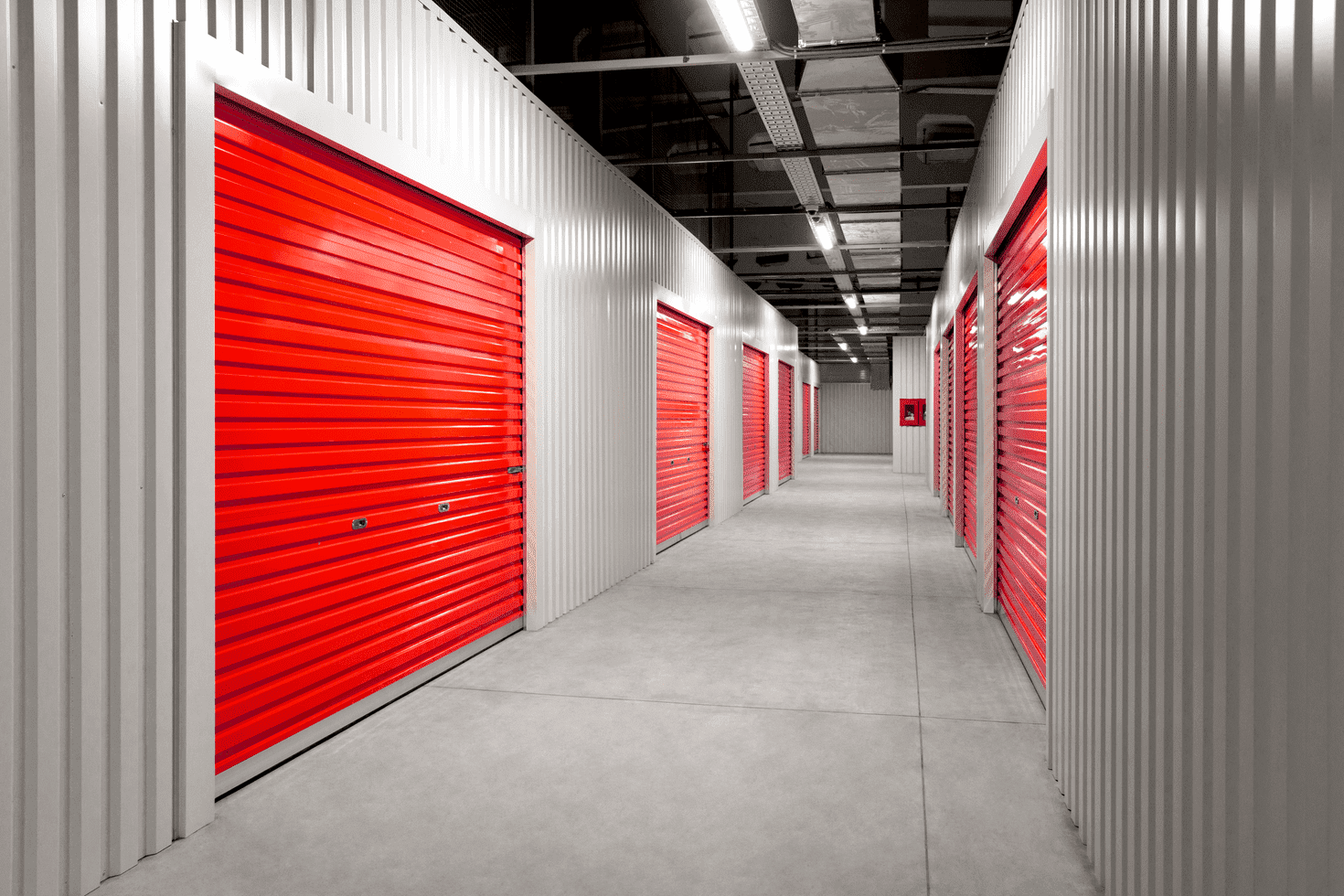Advanced Solutions For Structural Deficiencies: A Technical Overview Of Restoration Practices
Structural integrity is a crucial factor in the longevity and safety of buildings. Over time, natural wear, environmental stress, and unforeseen structural deficiencies can compromise a building’s stability, requiring advanced restoration techniques. Addressing these challenges effectively demands a combination of engineering expertise, modern technology, and high-quality materials. One such advanced approach to resolving structural deficiencies is Structural Repair Roswell, which employs cutting-edge methods to reinforce and restore compromised structures.
A Look At The Structural Deficiencies
Structural deficiencies arise from various factors, including soil settlement, water intrusion, seismic activity, and construction flaws. These problems may show up as deteriorating support beams, misaligned doors, uneven floors, or cracks in the foundation. If these issues are not resolved, they may deteriorate over time, resulting in significant harm and expensive repairs. Finding the underlying cause and using the best repair methods are essential to a successful restoration process.
Modern Restoration Techniques
Advancements in structural restoration have led to more effective and long-lasting solutions. Traditional methods, such as underpinning and concrete patching, have evolved into sophisticated procedures that enhance structural stability with minimal disruption. Techniques like carbon fiber reinforcement, helical piers, polyurethane injection, and steel beam reinforcement are now widely used to address different types of structural deficiencies.
Carbon Fiber Reinforcement
One of the most efficient ways to restore structural stability is through carbon fiber reinforcement. This method involves applying high-strength carbon fiber strips to weakened areas, such as walls and support beams. The material is lightweight yet incredibly durable, making it an excellent alternative to traditional steel reinforcements. Carbon fiber technology provides enhanced tensile strength, resists environmental degradation, and offers a seamless restoration process without requiring extensive demolition.
Helical Piers For Foundation Stabilization
Foundation settlement is a common structural issue caused by shifting soil conditions. Helical piers offer an advanced solution by providing deep foundation support. These screw-like piers are driven into stable soil layers beneath the foundation, redistributing the building’s weight and preventing further settlement. This method is particularly effective in areas with poor soil conditions and is often used to stabilize foundations for both residential and commercial structures.
Polyurethane Injection For Crack Repair
Cracks in concrete structures can be a significant concern, as they may lead to water infiltration and further deterioration. Polyurethane injection is a modern restoration technique that seals cracks while maintaining flexibility to accommodate future movement. This method involves injecting a specialized polymer into the cracks, which expands to fill voids and create a waterproof barrier. Unlike traditional epoxy repairs, polyurethane injections adapt to dynamic structural conditions, ensuring long-term durability.
Steel Beam Reinforcement
For buildings experiencing severe structural weakening, steel beam reinforcement provides an effective method of restoring load-bearing capacity. This technique involves installing steel beams alongside existing structural elements to redistribute weight and improve overall stability. Steel reinforcements are particularly beneficial for older buildings where foundational deterioration has compromised the ability to bear heavy loads. The use of steel beams in restoration offers long-term reliability, preventing further damage and ensuring compliance with modern building codes.
Benefits Of Advanced Structural Repair Solutions
Implementing modern structural repair techniques offers several advantages, including improved safety, cost-effectiveness, and minimal disruption. Unlike conventional restoration methods that require extensive excavation or demolition, these advanced solutions provide targeted repairs that extend the lifespan of buildings without major structural alterations.
Additionally, solutions such as Structural Repair Roswell prioritize engineering precision and long-term stability. By utilizing modern technology, these repair practices ensure that structures regain their full functionality while meeting current safety standards. Whether addressing foundation issues, reinforcing load-bearing elements, or preventing moisture damage, these solutions provide a proactive approach to maintaining structural integrity.
Conclusion
Restoring structural deficiencies requires expertise, innovation, and a deep understanding of engineering principles. With advancements such as carbon fiber reinforcement, helical piers, polyurethane injection, and steel beam reinforcement, modern restoration practices offer highly effective solutions for stabilizing compromised structures by leveraging techniques like Structural Repair Roswell, property owners can address existing issues with precision and confidence, ensuring the longevity and safety of their buildings for years to come.




